Michael from Australia
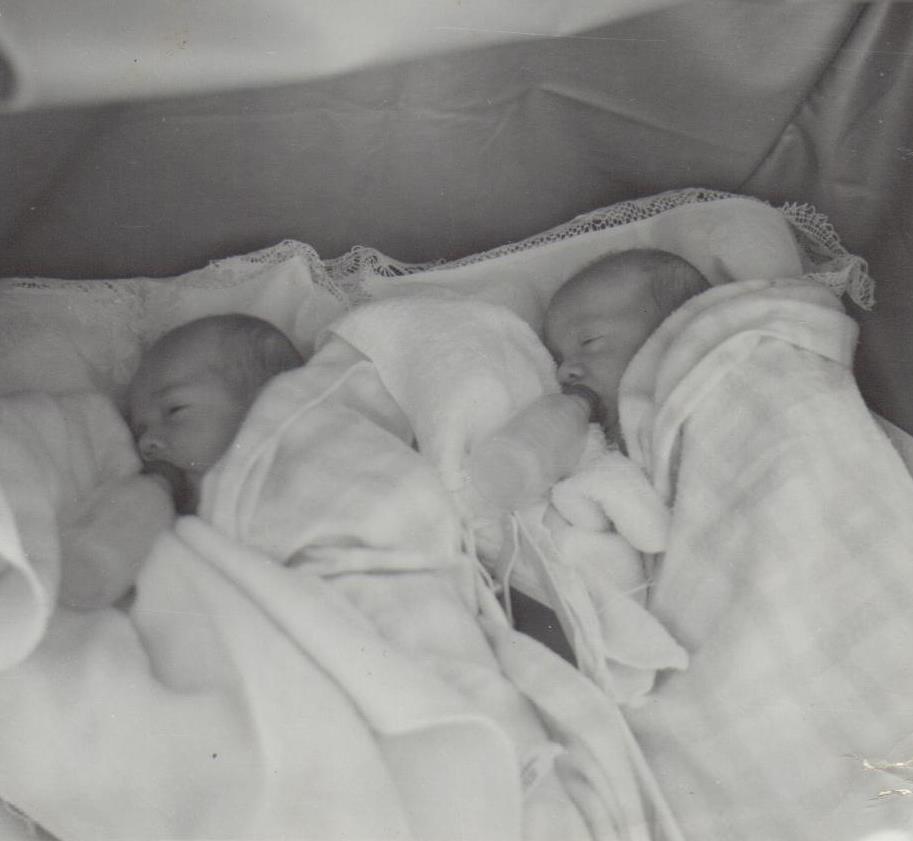
My name is Michael Stevenson. I have outlived both my parents and all the clinicians who were involved in my early diagnosis and treatment, so what follows are my memories as I was told and as I remember them.
I was born in Sydney, Australia in 1961, and I was not alone. This was my mother’s third pregnancy, with an older brother Darryl born in 1956, and an older sister Kerri, born in 1958. Carrying twins, my mother was preparing to go into confinement for the last month when she went into premature labour.
We had not yet turned so we were born a month premature, and we were born breach. It was not an easy birth. I was born first, my brother Phillip arriving after me, with my umbilical cord wrapped tightly around his throat. Within hours of our birth, Phillip began to fit, and he was placed in intensive care, not expected to live. It would be nine days before we were allowed home.
These days, Phillip would have been diagnosed as suffering acute cerebral palsy. The diagnosis at the time was severe mental retardation and spastic paraplegia. Phillip would never learn to talk and was only just learning to walk at age 11 when he passed away.
By the age of 4 he became too much to handle for my mother with three other healthy children and he was placed into care during the week, initially coming home on weekends, but eventually moving into care full time. It was whilst in care that Phillip underwent emergency surgery for an acute urinary infection, which entailed the removal of a kidney stone that was described as being “the size of a duck’s egg”, around 1966 - 1967.
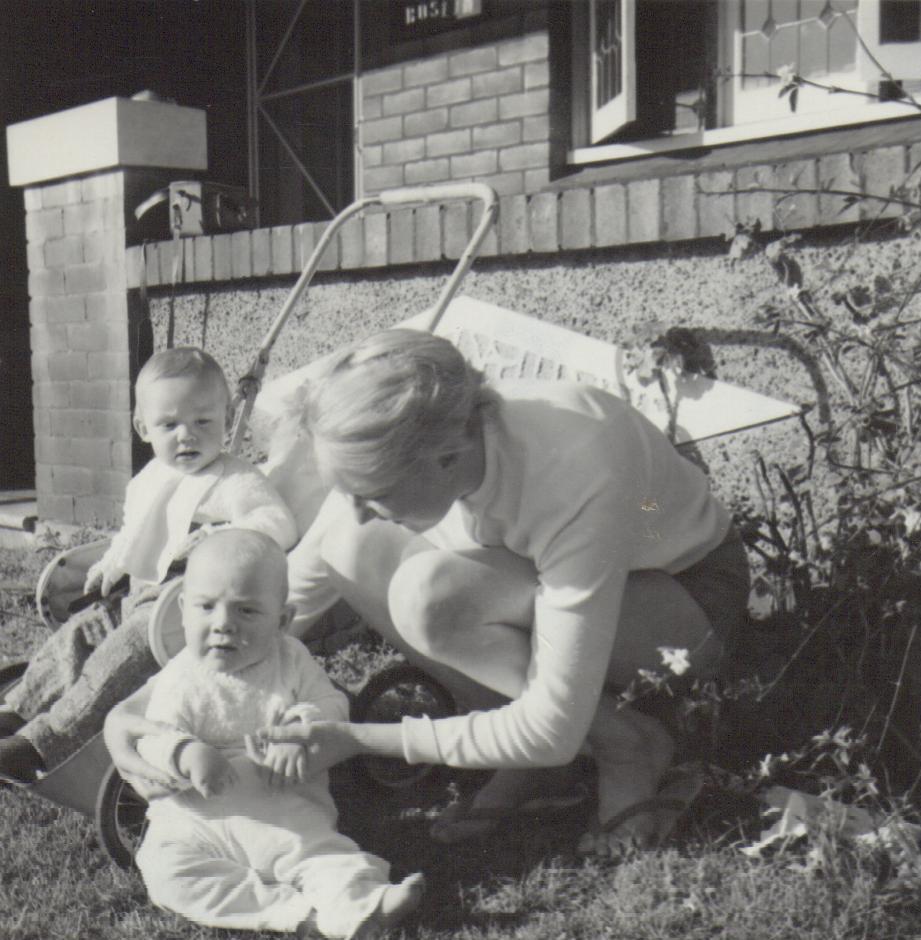
One of the doctors at that hospital was Dr. Brian Turner who specialised in psychiatric medicine. He noticed the blond hair, long limbs, and high arched palate associated with Homocystinuria, a disorder that had only been recognised less than five years before, with only 29 known cases, all of them in Ireland. Testing Phillip proved that he had indeed found the first case outside that country.
A 1964 paper entitled “Pathological findings in homocystinuria” by J.B. Gibson, Nina A.J. Carson, and D.W. Neill from Belfast noticed the similarities to Marfan’s Syndrome but stated: “Mental defect appears to be an inevitable element of homocystinuria, for the condition has been detected only in mentally retarded individuals.” Indeed, it was thought that as Marfan’s Syndrome was known not to cause mental defect, that this was the defining point of difference between the two disorders. You can see that paper here.
My siblings were also tested, as were my parents. My older brother Darryl showed no signs of the disorder, but my older sister Kerri was also positively diagnosed. Hers turned out to be slightly more severe than mine with the addition of a sunken chest and a possible cerebral thrombosis soon after diagnosis. She was also exceptionally tall for her age and at 13 was put onto hormones to stop her growing. This led to a lifetime of problems. She passed away at the age of 65 from cancer.
However, Dr. Turner’s discovery of Australia’s first HCU patient came with a bombshell. Not only was the patient an identical twin, but that twin was certainly not intellectually disabled, disproving the previous hypothesis that HCU inevitably led to intellectual defect.
I also have the long limbs, pes cavus, and high arched palate, and like my sister, was initially blonde. Growing up, we were both exceptionally skinny and could not put on weight. At the age of 25, I was 6’5” and weighed less than 160 lbs. Interestingly, when having root canal treatment, I was told that my root canals are about a quarter of an inch longer than normal, so I guess it is not only the skeleton that is long and lanky.
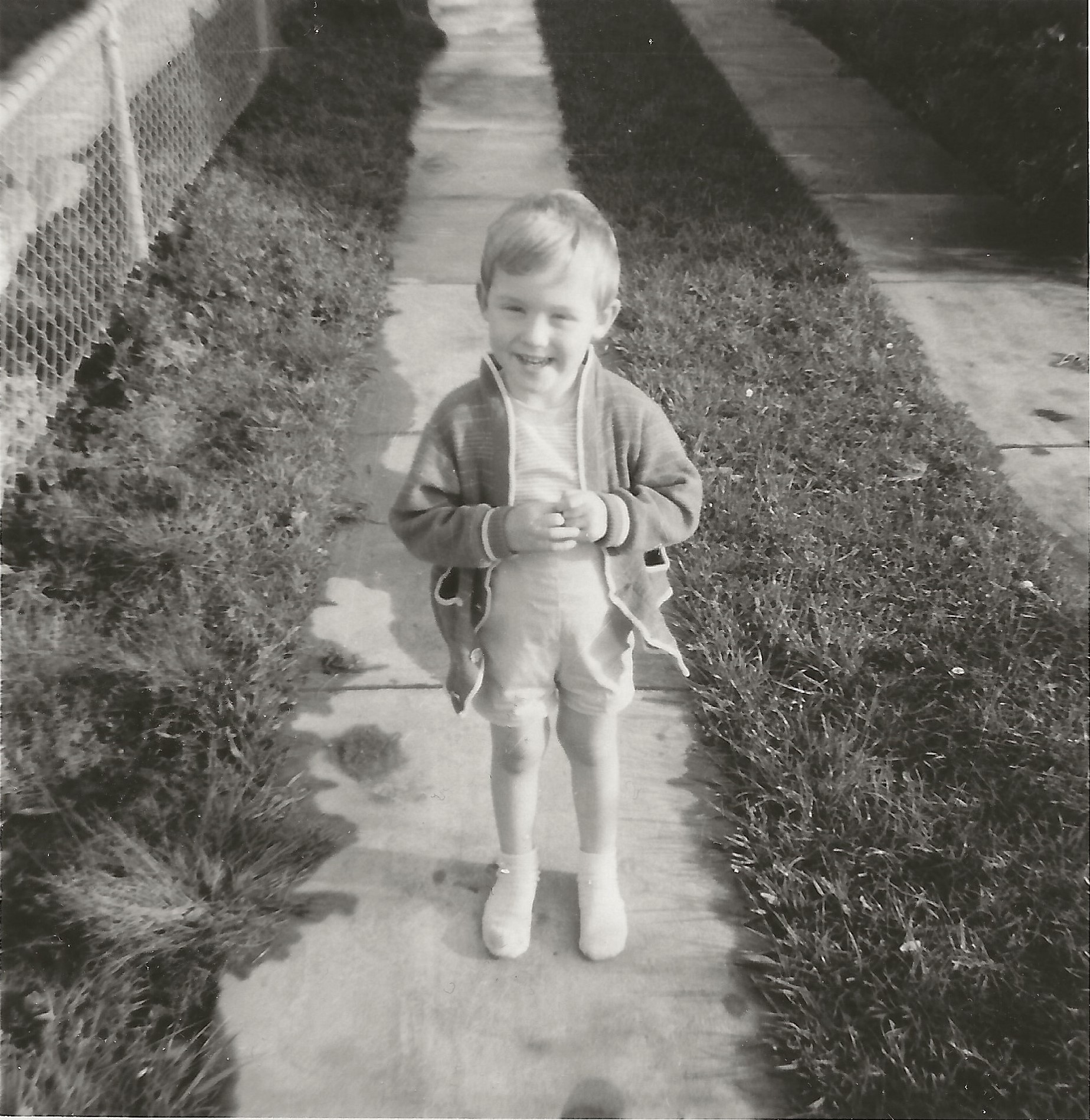
As the first “non-retarded” individual ever diagnosed with HCU, I became a guinea pig and was subjected to test after test. I can still recall as a six-year-old having electrodes strapped to my chest and my head to measure both my heart and brain, looking with interest at the lines on the screen whilst wearing a net on my head for the EEG, and being asked all manner of questions, as well as sitting at a desk in a corridor doing a series of IQ tests. No previous patient had exhibited an IQ higher than about 60. At the age of six, they were unable to measure my upper limit and marked me down as 130+. I have always considered my sister to be more intelligent than I am and in a 1978 paper, we were singled out as: “a boy and girl of superior intelligence.”
My celebrity as the first patient ever diagnosed as having a “mild” form of the disorder, brought Victor McKusick out from the United States to see me. I can recall him as a tall figure standing over me in a lab coat, asking me questions. I recently discovered that he too was an identical twin.
He asked me if there were any other symptoms I thought were relevant and I tried to describe an uncomfortable feeling in my legs, like butterflies in my stomach that made me constantly twitch my legs up and down to try and get some relief. He dismissed it as nothing but years later it would be officially designated “restless legs syndrome” and recognised as one of the symptoms of HCU. The feeling eventually faded with treatment but still occasionally returns if I sit still at a desk for too long.
Little was known about HCU at the time. We both had weekly blood draws where Dr. Turner would arrive in his MGB sports car to take our blood then race across town to get it tested in time. This was not a process I enjoyed, and I would frequently make myself scarce before his arrival. On one occasion, my uncle who was a police motorcyclist turned up in full uniform and when I excitedly went out to greet him, he grabbed me in a bear hug just as Dr.Turner’s little sports car rounded the corner. I always fainted following blood being drawn and continued to do so until well into my 20’s.
There were no supports available as there was no one else with the disorder. The first treatment tried was Pyridoxine Hydrochloride in suspension. This was described as a “cherry flavoured” liquid and to this day I still gag at the memory of its foul taste. It was only available on prescription. Of course, now it is known as Vitamin B6, but this was in the days before dietary supplements were really a thing. Eventually, it became available in tablet form. Unfortunately, it only came in 25mg tablets, and I needed 250mg, so my mother and I would sit at the table filling gelatin capsules with 10 tablets each so that I could take them all in one go. Eventually a 5mg tablet of Folic Acid was added to combat anaemia.
Soon after beginning treatment, both my sister’s hair, and my own darkened. Phillip’s however, remained blonde. It was only recently that I discovered why. In 1973, he became severely anaemic, slipped into a coma and passed away. We were 11.
Despite attending five different Primary (Elementary) Schools, I managed to be the dux of my last one the year it opened. I went on to be classed in the top 20% of my state in my final exams and went on to university. I eventually served with the Australian Federal Police as a member of the Bomb Squad, as well as fronting their media unit and operating their puppet mascot, Constable Kenny Koala.
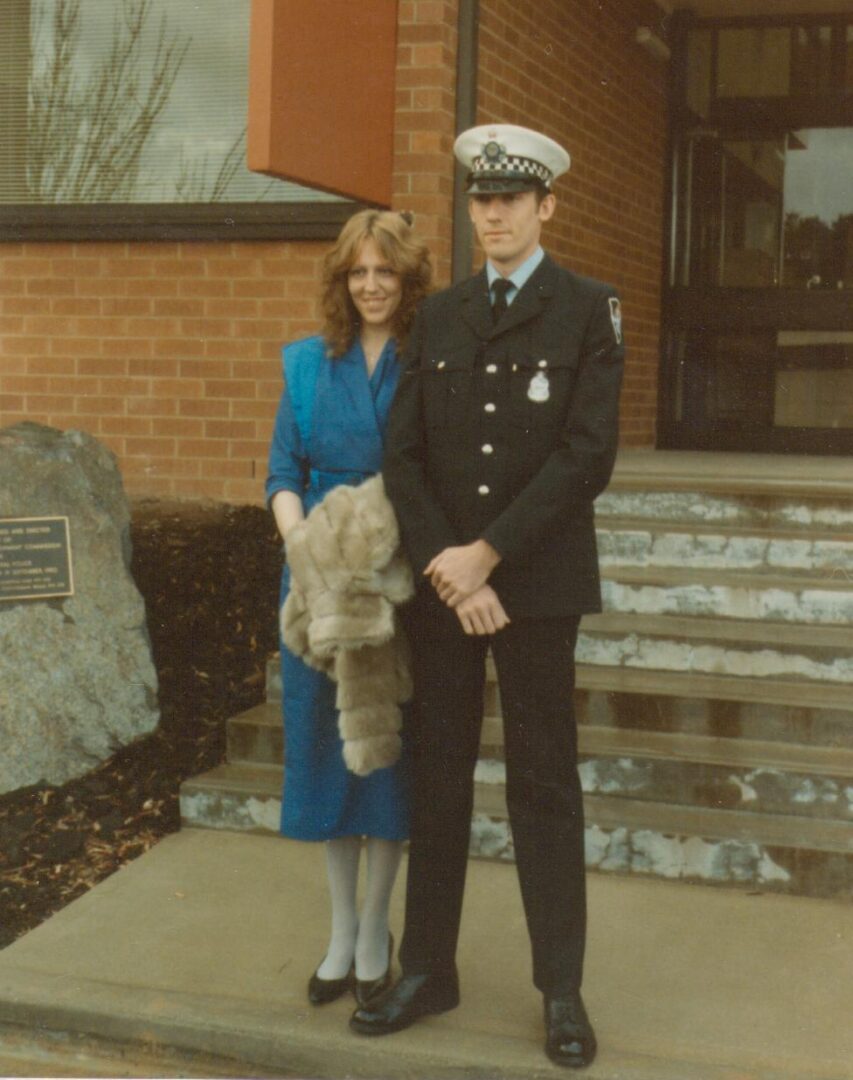
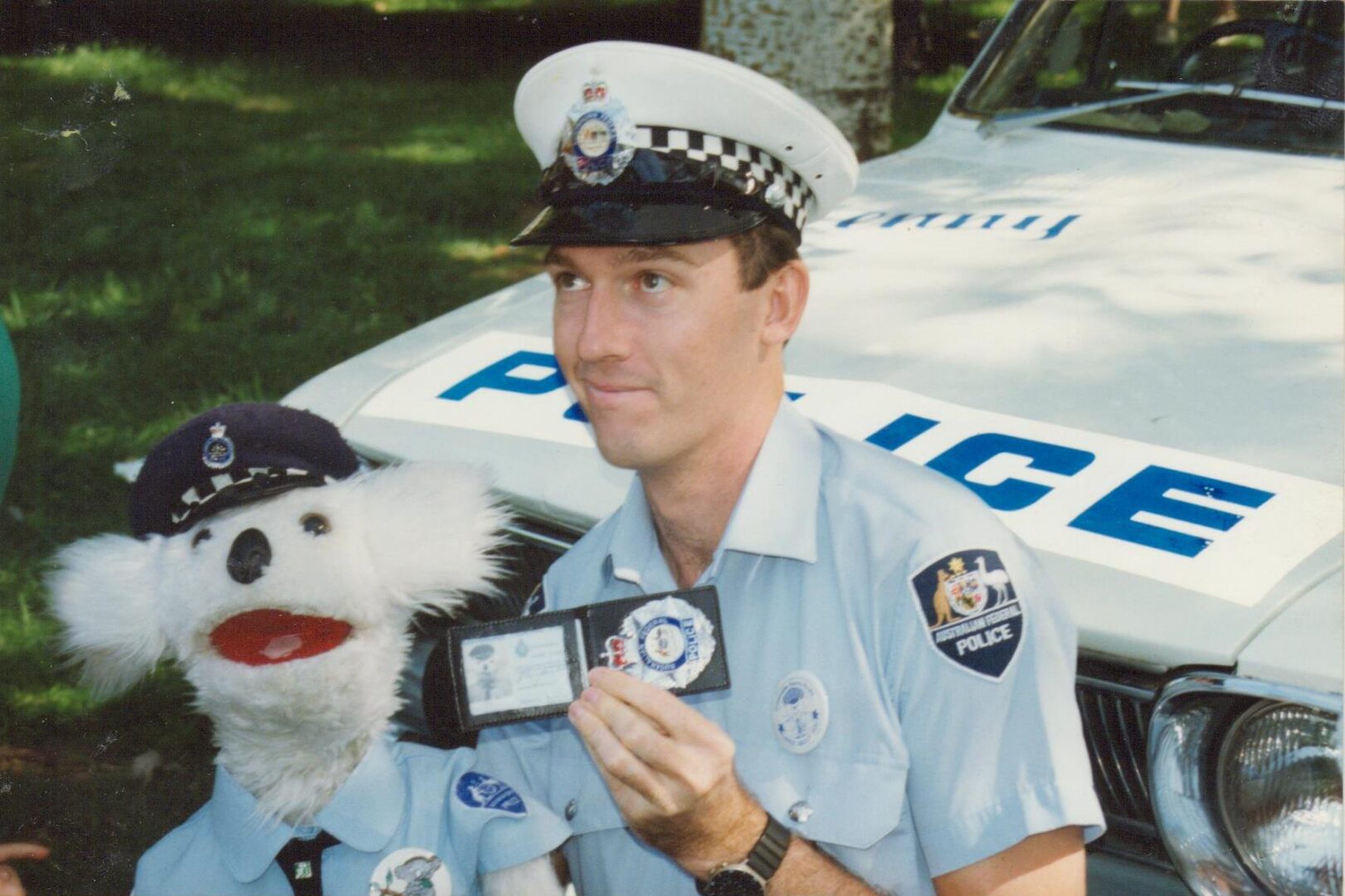
My sister Kerri became a registered nurse, specialising in mental retardation, and eventually worked at the same hospital where our brother died. At one lecture during her training, HCU was mentioned with one of its defining symptoms being mental retardation. Needless to say, her hand went up, and she had something to say about that. It took many years for the broader medical profession to catch up.
Initially, the mention of HCU in a hospital setting would bring doctors running to see me but this no longer elicits such a response. However, I still get junior doctors coming to check out my palate, so I guess that is still the stand-out feature.
The only way HCU really affects me is that I am put on blood thinners whenever undergoing surgical procedures in case of blood clots. I have had all the saphenous veins stripped from my legs but have not had problems with my eyesight or cardiovascular issues (apart from the collapsed veins). I have recently added Vitamin D to my daily intake as I have mild osteoporosis in my lower spine on top of slight scoliosis as I didn’t stop growing until I reached 6’5”.
I have travelled much of the world, and whenever I travel, I carry a doctor’s certificate stating the medications that I require but luckily, the majority are freely available dietary supplements and so I have never had an issue.
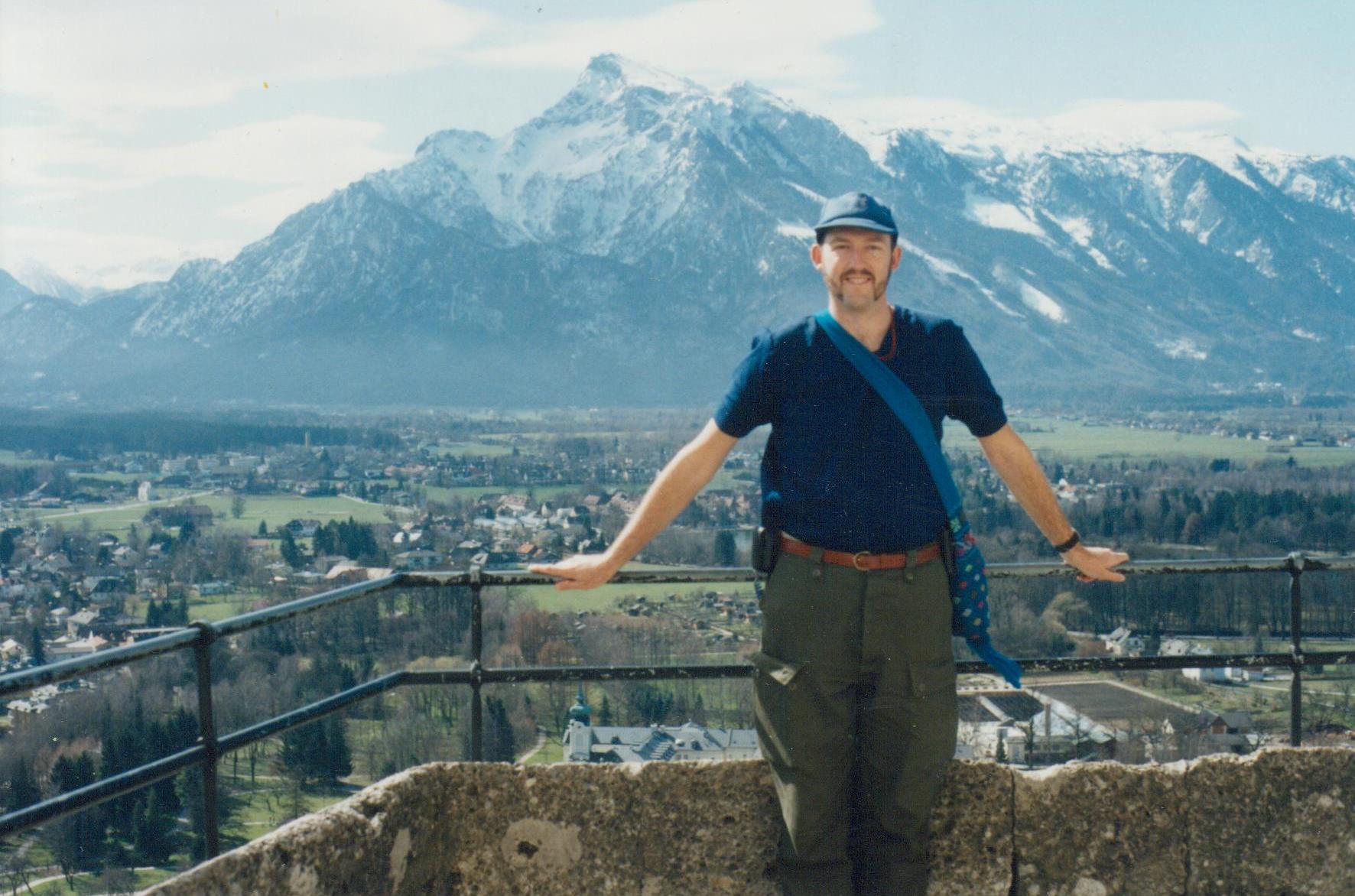
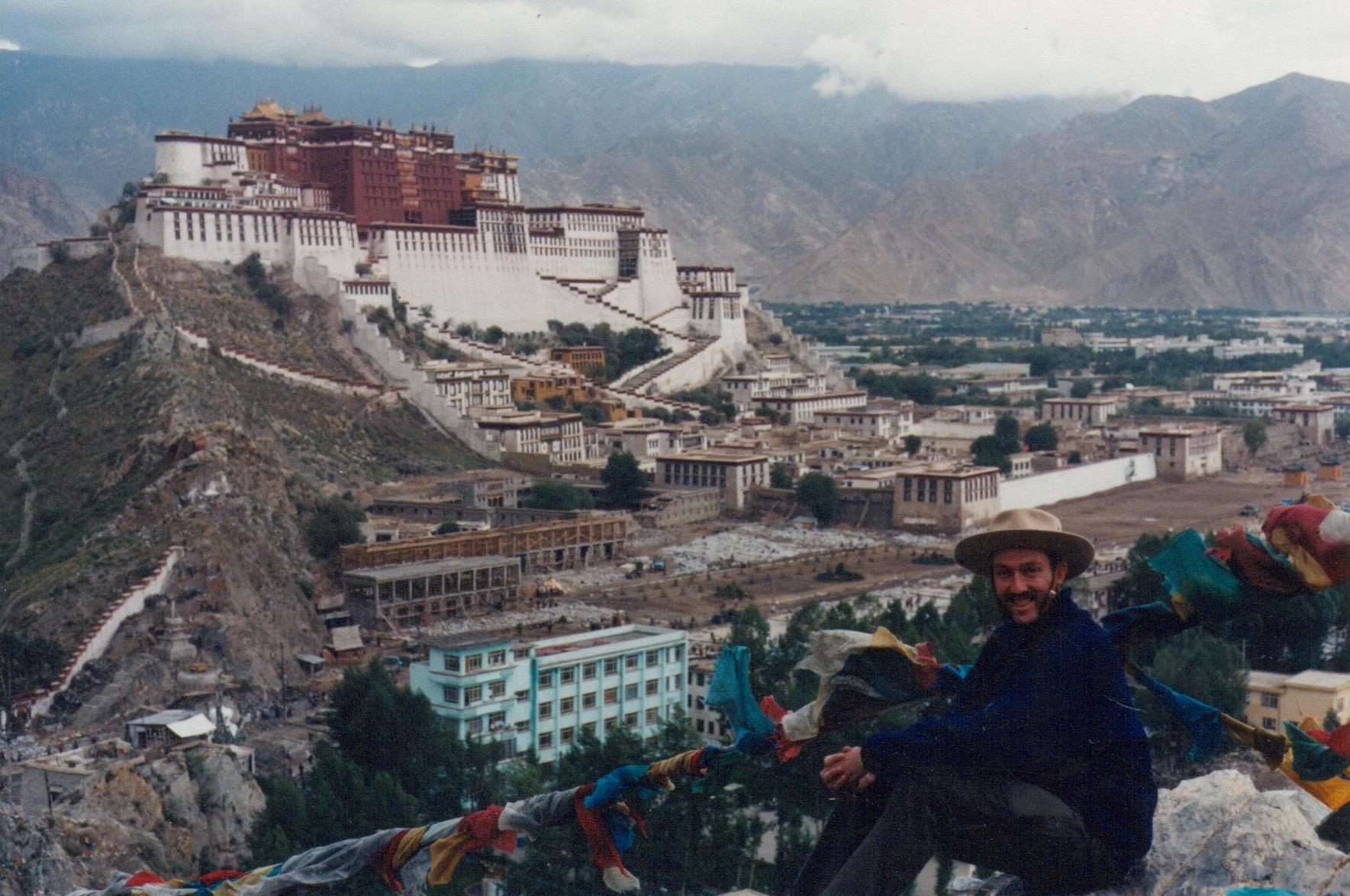
I rarely eat red meat anyway but when overseas I become a vegetarian, mainly because if you are going to get ill it will be from tainted meat or seafood. I am extremely lucky that I have never really had to be over-vigilant about my protein intake although I do avoid anything that announces that it is high in protein, or “a good source of protein” and I am sure that both Kerri and I were a nightmare for my mother growing up, balancing the low protein needs of her two youngest children, with the high protein needs of her eldest.
In 1985 we both took part in a trial to see if Betaine was beneficial to B6 responsive patients. In our case it was not, so my treatment continues to be ingestion of B6 and Folate, with B12 also being added relatively early on. My levels are fairly stable at between 55 and 75.
As a child my mother told me that I was a very fussy eater, living primarily on Vegemite sandwiches. I still eat it several times a week. Vegemite is high in B vitamins, so it was my body telling me that I needed this stuff.
I first took out a Life Insurance Policy in my 20’s and was only covered until I turned 55 as I was not expected to live longer than that. I have recently taken out a new policy without pre-conditions, as it is now known that you can have HCU and still lead a long and active life.
Today I have a very healthy daughter, Mycle, and a beautiful granddaughter, Gabby.

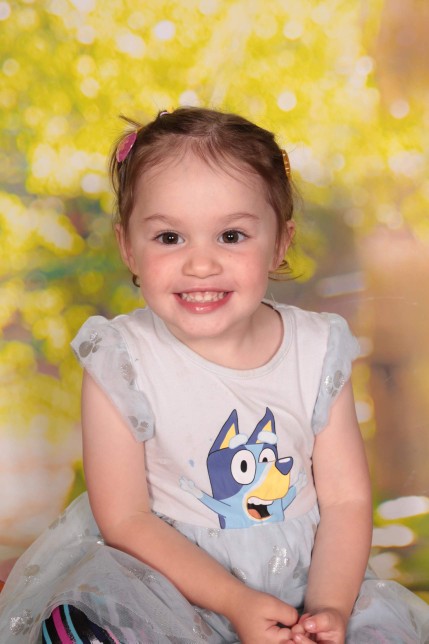
Phillip was the 30th person to be diagnosed worldwide with HCU. Every single one of those 30 people were intellectually disabled. The 1964 paper cited above came about through a “systematic search for metabolic abnormalities in mentally retarded individuals in Northern Ireland.” Two years later, a search involving the testing of 1500 institutionalised mentally retarded patients was conducted in New South Wales, without finding a single case. This was not long before we moved from Victoria, to live in New South Wales.
When I last spoke to my geneticist (I have outlived my initial treating specialists, who all worked out of psychiatric units) I broached the subject of longevity. All 30 people diagnosed before me (including my brother Phillip) were intellectually disabled. It is a sad fact that people with such disabilities generally have shortened life spans. It is almost certain that all 30 of those patients have since passed away, meaning that although I may not be the oldest person diagnosed with HCU, at 63 years of age, I have probably lived with a diagnosis longer than anyone else alive.
It is only recently that I discovered a paper written in 1973 by Drs Bridget Wilcken and Gillian Turner that stated that treatment was deliberately withdrawn from my brother Phillip. As the first set of identical twins discovered, and the first to be diagnosed with a mild form of the disorder, we were being used as an experiment. I was being treated whilst Phillip, who was uncommunicative, institutionalised, and apparently expendable, was being used as the control. His death certificate states that he died from severe anaemia and heart problems.
Without Phillip’s chance diagnosis, and the demonstrable fact that his mental retardation was not caused by HCU, as embodied in me, his non-retarded identical twin, how long would it have taken for the search to widen outside the institutions for the mentally disabled? How many lives were improved by being diagnosed, where a diagnosis would not have otherwise been considered or looked for?
It astounds me how far we have come in the diagnosis and treatment of HCU in my lifetime, from only having one known form of the disorder to the kaleidoscope of variations now described, with people now discussing which of their genes are affected. (I still don’t know mine).
I strongly believe that my brother Phillip should be honoured for his role in the detection and diagnosis of HCU and the consequent realisation that it was a much more diverse disorder than originally imagined. He paid for that knowledge with his life.

*In loving memory of Philip, and with deep gratitude for his role in the development of a deeper understanding of HCU.
To hear more about Michael's story, listen to his interview on the HC&U Podcast!
